Baby shark do do do do do do 
Baby shark do do do do do do
Baby shark do do do do do do
Baby shark
I’ve been in homes of many young parents, and few have escaped the Baby Shark song.
(Note: In case you are one of the few, try googling it. Or — maybe not.)
But why? Why is this song so intriguing to small children. How can they listen, sing, and dance over and over and over?”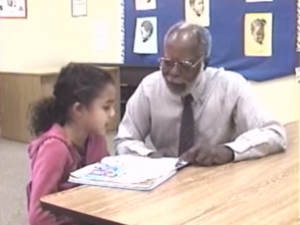
Might there be some “built-in” element that catches like an opiate? If so, what is it?
Nursery rhymes, children’s poems, and chants and dances have long been a part of a child’s world. They have been used to lull babies to sleep, or to socialize at a picnic. I remember games like, “Red Rover, Red Rover, Send (name) right over.” Or “Ride a cock-horse to Banbury Cross, To see a fine lady upon a white horse”.
 University libraries are filled with explanations about our propensity for responding fondly to rhyme and song. But let’s keep it simple.
University libraries are filled with explanations about our propensity for responding fondly to rhyme and song. But let’s keep it simple.
Early childhood is a time of discovery and exploration. At some point a child learns that when he or she mimics sounds, expressions and/or movements, then he is reinforced by happy caregivers. Depending on the needs of the child, some will work harder than others to mimic and “entertain” gawking adults.
 Think about the progression of sound expressions. Through mimicry a child learns to produce increasingly complex sounds. Adding gestures is also fun. This is done with games like “Patty Cake, Patty Cake, Baker’s Man” or “This Little Piggy Went to Market”.
Think about the progression of sound expressions. Through mimicry a child learns to produce increasingly complex sounds. Adding gestures is also fun. This is done with games like “Patty Cake, Patty Cake, Baker’s Man” or “This Little Piggy Went to Market”.
When movement and song are added to learning, more parts of the brain become involved. Reinforcing learning. So, if this is natural to the child’s learning process, why not exploit it?
Collect old books. Read aloud. Search the internet for read-aloud videos. Increase the complexity of songs and rhymes as the child is able. Add movement. Exercise those brains!
Within the dancing and chanting child, you will discover a “learning child”. Enjoy!
by Meg (homeschooling mom of 9)
 MS, Exceptional Student Education (Univ. of W. Florida) emphasis on Applied Behavior Analysis
MS, Exceptional Student Education (Univ. of W. Florida) emphasis on Applied Behavior Analysis
MA, psychology (Grand Canyon University)
Bachelor of Arts (Northwest Nazarene University)
*****************************************

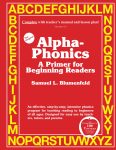





 Cancel Public School
Cancel Public School






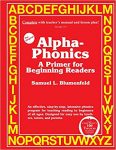



 McDonald also points out that an online survey in May, conducted by RealClear Opinion Research, found 40% of parents said they would continue homeschooling when the lockdowns ended. A similar USA Today/Ipsos poll found the number of satisfied parents was 60 percent.
McDonald also points out that an online survey in May, conducted by RealClear Opinion Research, found 40% of parents said they would continue homeschooling when the lockdowns ended. A similar USA Today/Ipsos poll found the number of satisfied parents was 60 percent.

 Do you ever feel stuck on a tread mill, unable to step off?
Do you ever feel stuck on a tread mill, unable to step off?  Let children follow their interests. They may stop along the way to see a baby lizard, or a pond with fish, to listen to a street peddler or observe someone in a wheelchair. They may jump in a puddle or hit a signpost with a stick. Any activity can turn into a learning opportunity, but the necessary component is TIME!
Let children follow their interests. They may stop along the way to see a baby lizard, or a pond with fish, to listen to a street peddler or observe someone in a wheelchair. They may jump in a puddle or hit a signpost with a stick. Any activity can turn into a learning opportunity, but the necessary component is TIME!  MS, Exceptional Student Education (Univ. of W. Florida) emphasis on Applied Behavior Analysis
MS, Exceptional Student Education (Univ. of W. Florida) emphasis on Applied Behavior Analysis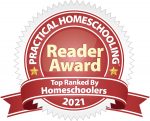
 Comments like these never convinced me to enroll my children in public schools, but they did cause me to seek ways for my children to socialize. One of those ways always seemed to be, “That-Mom”.
Comments like these never convinced me to enroll my children in public schools, but they did cause me to seek ways for my children to socialize. One of those ways always seemed to be, “That-Mom”. Undaunted, I used my extra-long 25’ telephone cord (to escape child noises), hid behind corners, and made random calls. I was often referred to “That-Mom” who homeschools, or “That-Church-Where-Homeschoolers-Meet” or “That-Family-Down-the-Street”, and so forth.
Undaunted, I used my extra-long 25’ telephone cord (to escape child noises), hid behind corners, and made random calls. I was often referred to “That-Mom” who homeschools, or “That-Church-Where-Homeschoolers-Meet” or “That-Family-Down-the-Street”, and so forth.

 Growing up, when I heard my mom say, “Little pictures have big ears,” I had an idea she was talking about us. But as I look back on raising my own children, I realize how big those ears really are. And those eyes, noses, hands, and tongues!
Growing up, when I heard my mom say, “Little pictures have big ears,” I had an idea she was talking about us. But as I look back on raising my own children, I realize how big those ears really are. And those eyes, noses, hands, and tongues!
 Homeschooling a large family on a limited income required many sacrifices. Pinching pennies was the key to survival. Most of my curriculum was either found at used bookstores, or I created it myself. And I bought supplies for the lowest prices. Hence, the story of the 64-count box of Crayola crayons.
Homeschooling a large family on a limited income required many sacrifices. Pinching pennies was the key to survival. Most of my curriculum was either found at used bookstores, or I created it myself. And I bought supplies for the lowest prices. Hence, the story of the 64-count box of Crayola crayons.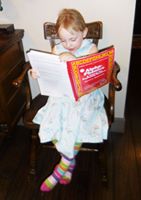
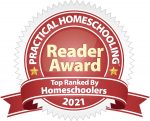
 WEBSITE
WEBSITE Cardboard boxes and laundry baskets are lined up in a row.
Cardboard boxes and laundry baskets are lined up in a row. My children learned to sing, to recite, to dance and to create.
My children learned to sing, to recite, to dance and to create.
 Dad, mom and two-year-old “C” moved to Washington state in the early 80’s. This was our first family home.
Dad, mom and two-year-old “C” moved to Washington state in the early 80’s. This was our first family home. Alpha-Phonics
Alpha-Phonics The Alphabet Song!
The Alphabet Song! Water on the Floor
Water on the Floor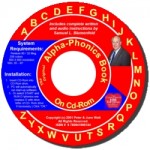 Alpha-Phonics the Book on CD Rom
Alpha-Phonics the Book on CD Rom Blumenfeld Oral Reading Assessment Test
Blumenfeld Oral Reading Assessment Test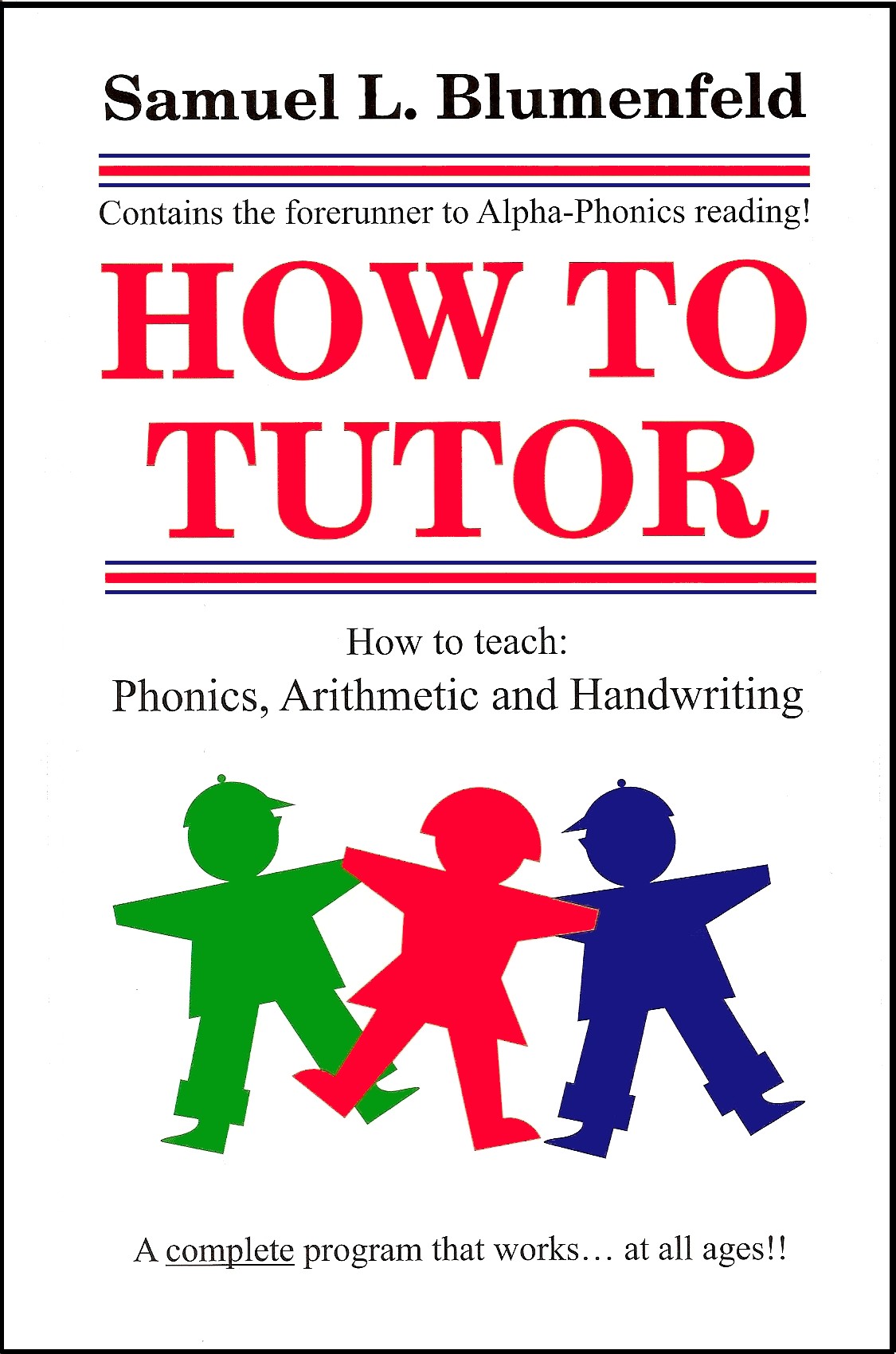 How To Tutor
How To Tutor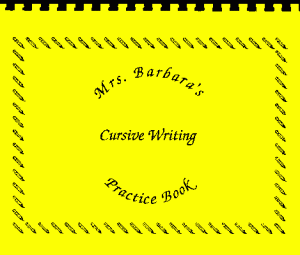 How To Tutor Cursive Handwriting Workbook
How To Tutor Cursive Handwriting Workbook